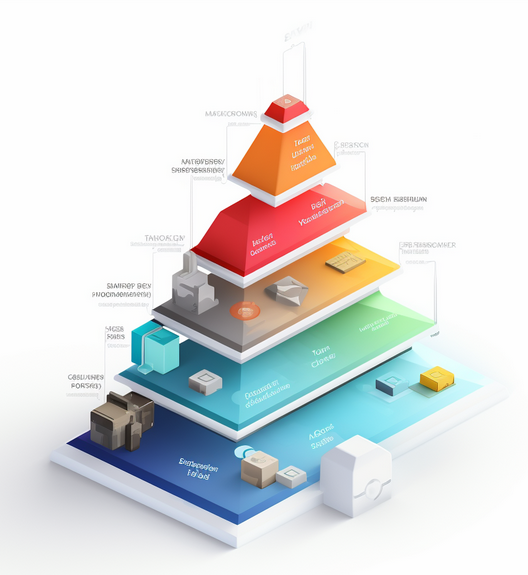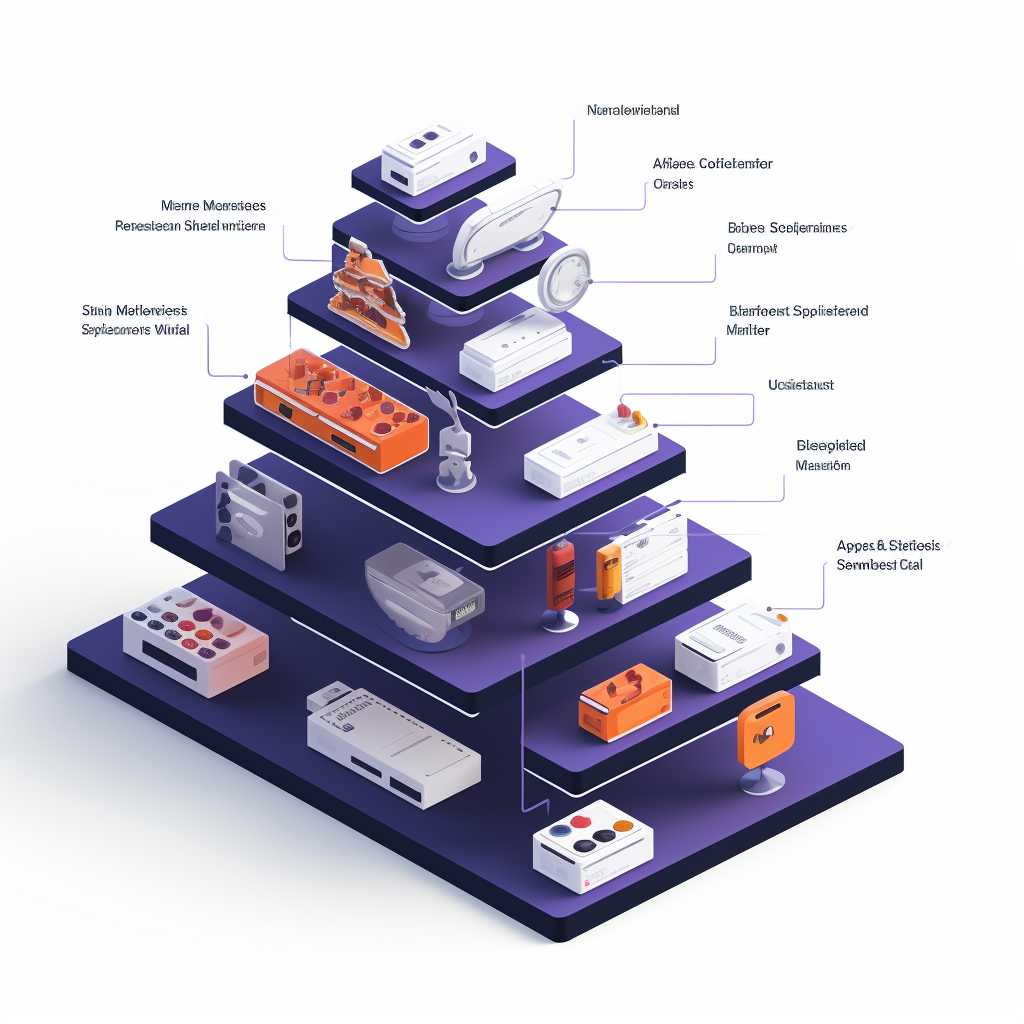1. Introduction
In the dynamic world of retail, understanding your products is as essential as understanding your customers. One crucial way to gain this understanding is through product classification.
If you want to check our AI based product classification service, please visit our website : https://www.productcategorization.com
Our product classification tool is used with great success by multinational companies, unicorn startups, AdTech, online stores, Saas platforms, individuals and others.
By categorizing products effectively, retailers can make informed decisions about pricing, promotion, placement, and procurement, thus driving success in an increasingly competitive landscape.

2. What is Product Classification?
Product classification is the systematic arrangement of goods and services into categories based on their characteristics, uses, or other related factors. These classifications can be broad, such as ‘food’ or ‘clothing’, or they can be more specific, like ‘organic produce’ or ‘women’s activewear’. The depth and complexity of the classification depend on the retailer’s needs and the nature of their inventory.
3. The Importance of Product Classification
Product classification serves several key functions in retail:
- Inventory Management: An organized inventory leads to more efficient restocking, reordering, and inventory turnover.
- Pricing Strategy: Products in the same category often share similar pricing, making it easier to manage pricing strategies.
- Marketing and Promotion: By understanding which products belong together, retailers can create targeted marketing campaigns and promotional offers.
- Customer Experience: A clear and logical product classification enhances the shopping experience, making it easier for customers to find and compare products.
4. Types of Product Classification
There are several approaches to product classification. Here are the three most common ones used in retail:
- Functional Classification: This method groups products based on their purpose or use. For example, a kitchenware store might classify its products into categories like ‘cooking’, ‘serving’, ‘storage’, etc.
- Price-Based Classification: In this method, products are grouped based on their price range. For instance, a clothing retailer might have ‘budget’, ‘mid-range’, and ‘luxury’ categories.
- Demographic-Based Classification: This approach classifies products based on the demographic characteristics of the target customer, such as ‘men’, ‘women’, ‘children’, or ‘seniors’.

5. The Process of Product Classification
Product classification involves a series of steps:
- Identify Key Attributes: Determine the characteristics that are most relevant to your customers and your business. This could include factors like price, use, brand, quality, etc.
- Group Similar Products: Using these attributes, group similar products together into categories.
- Test and Refine: Test your classification on a small scale to see if it makes sense and refine it as needed. Consider getting feedback from customers or staff.
- Implement and Monitor: Roll out the classification across your business and monitor its impact. Be prepared to make adjustments as you learn more.
6. Challenges in Product Classification
While product classification offers numerous benefits, it’s not without its challenges. These can include:
- Overlapping Categories: Some products may fit into multiple categories, making it hard to classify them neatly.
- Changing Trends: Customer preferences and trends can change over time, requiring constant updates to the classification.
- Scalability: As the business grows, maintaining a consistent and logical product classification can become increasingly complex.

7. Technology and Product Classification
Technology can greatly simplify the process of product classification. Machine learning algorithms can analyze large amounts of data and classify products based on various factors, reducing the need for manual input and minimizing errors. They can also adapt to changing trends and preferences, making the classification more dynamic and responsive.
8. Conclusion
In summary, product classification is a critical aspect of retail management that can drive efficiency, enhance customer experience, and inform strategic decisions. While it comes with its challenges, the benefits it offers are substantial. By leveraging technology and maintaining a customer-centric approach, retailers can create a product classification system that adds value to their business and their customers alike.
Useful resources for further reading:
- Retail TouchPoints – https://www.retailtouchpoints.com
- Retail Dive – https://www.retaildive.com
- National Retail Federation (NRF) – https://www.nrf.com
- The Retail Bulletin – https://www.theretailbulletin.com
- Retail Week – https://www.retail-week.com




